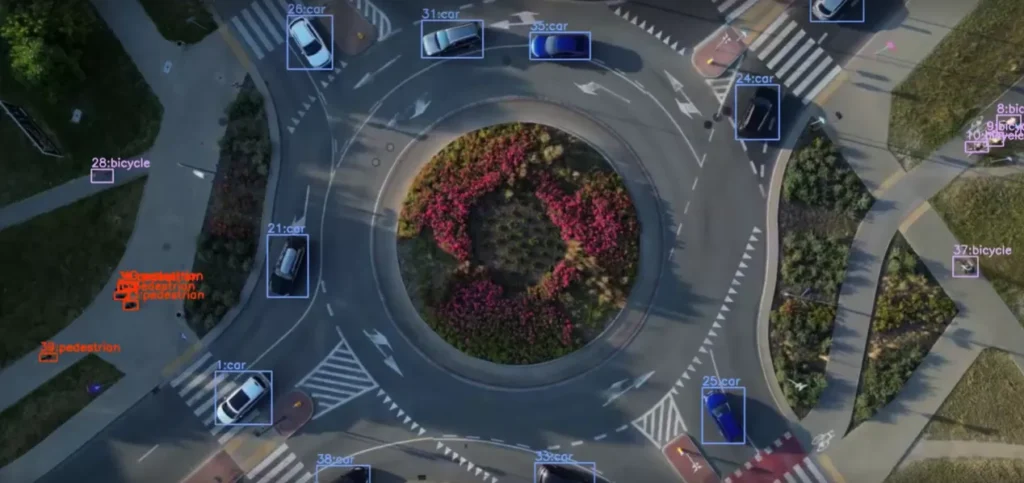
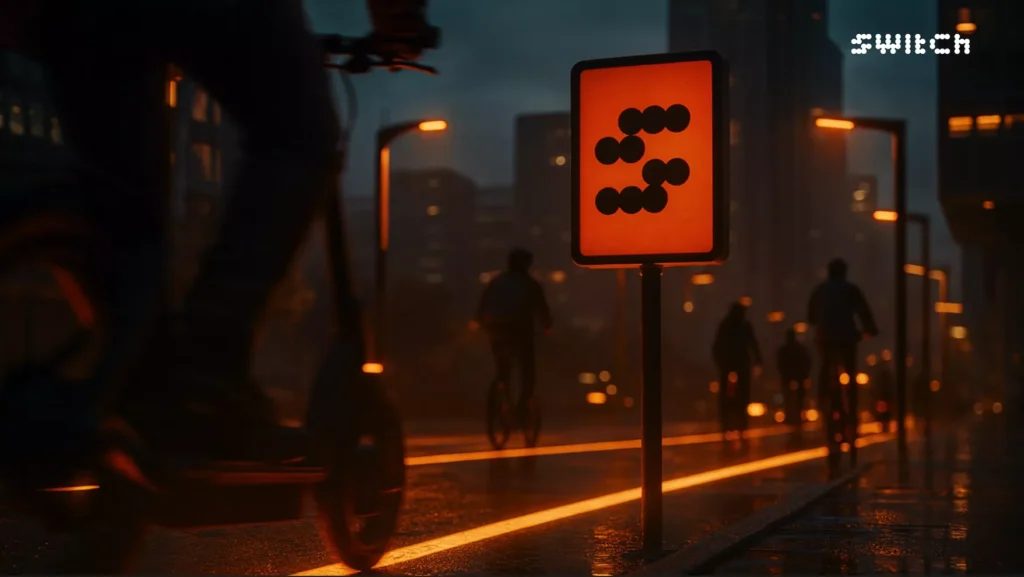
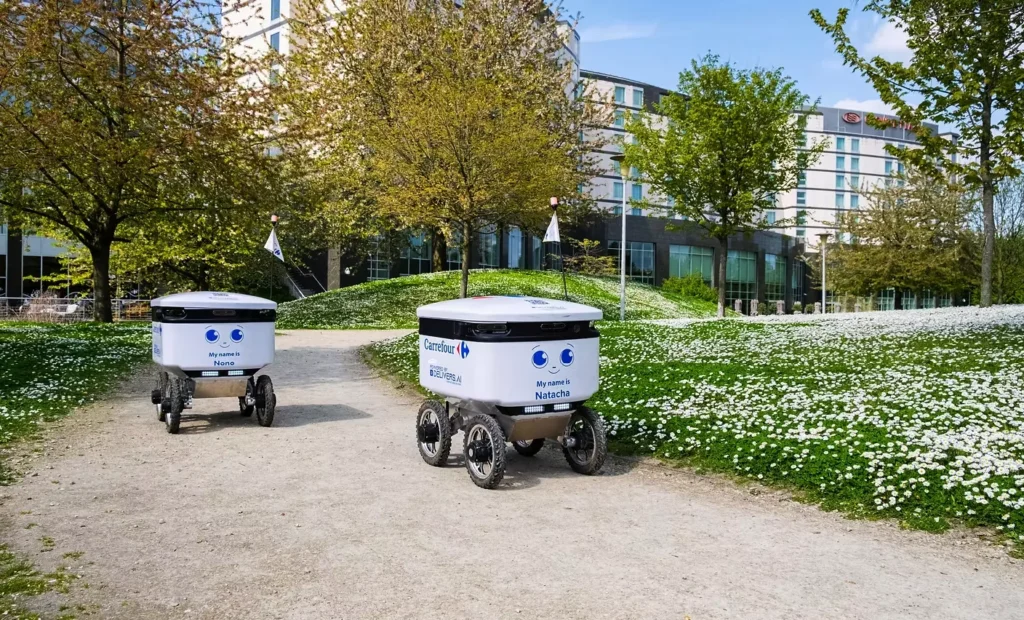
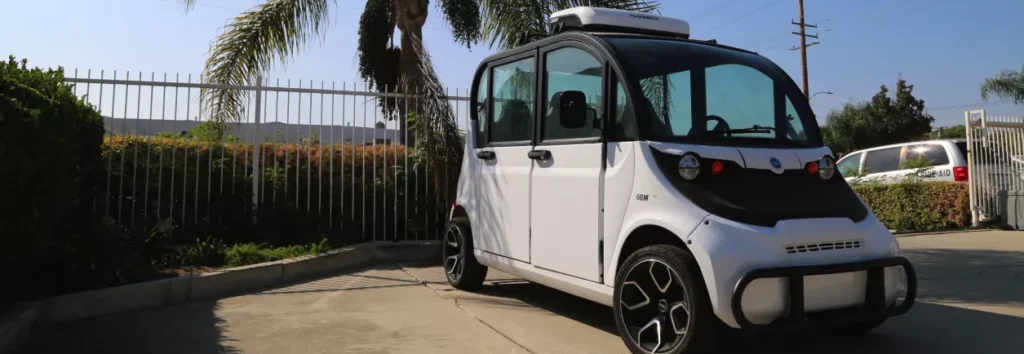
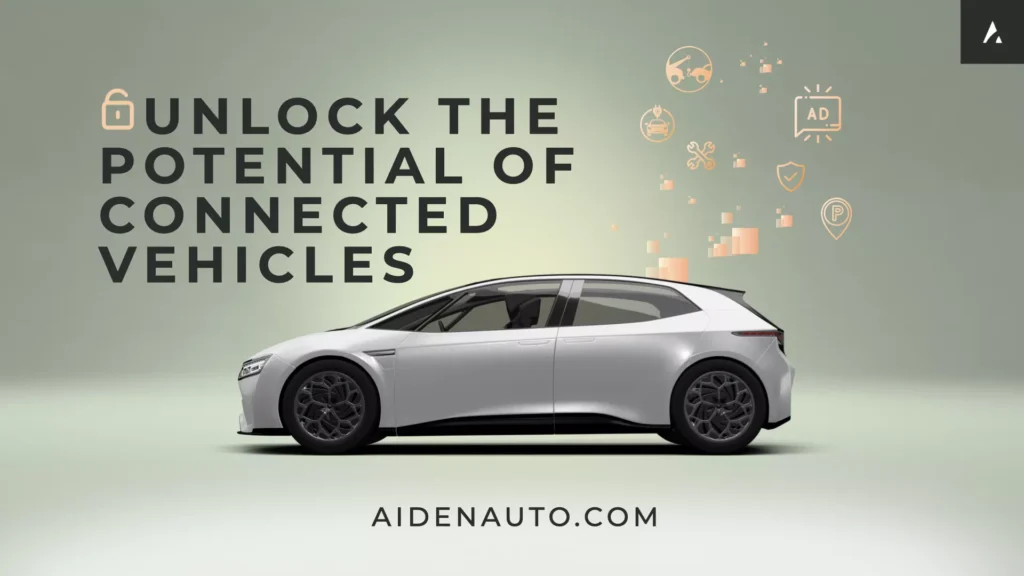





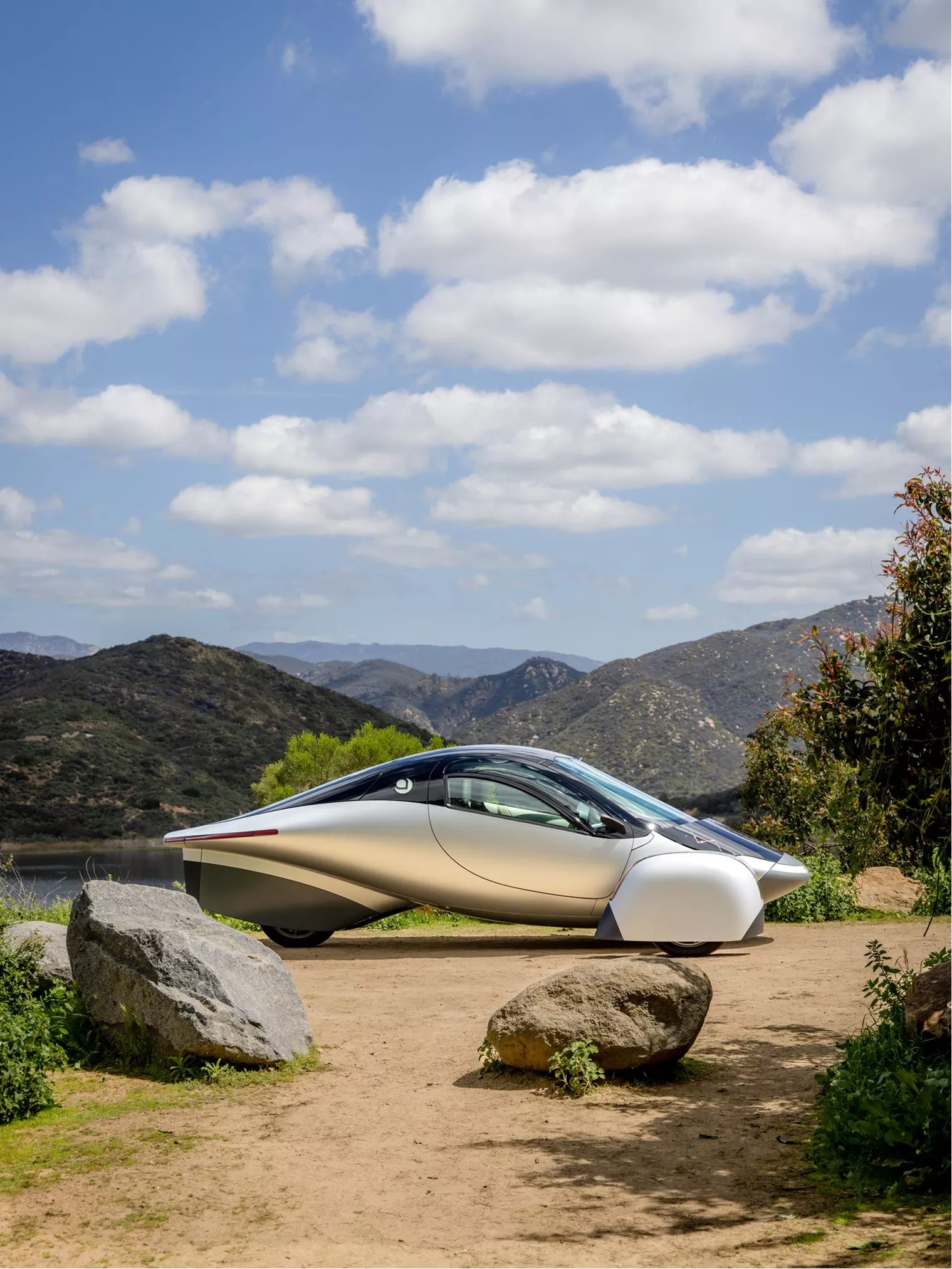
From EVs and batteries to autonomous vehicles and urban transport, we cover what actually matters. Delivered to your inbox weekly.

Bird has exited Bay City, Michigan. After three years of operation, the company informed city officials it will not return for the 2025 season. No final rides. No farewell campaign. Just an off-switch in the backend and a note citing “business reasons.”
Bay City had all the textbook conditions:
But it lacked one thing Bird now demands: sustained profitability per trip.
In micromobility’s current phase, that trumps everything else.
Bird’s pullback is a pattern. The company has been methodically exiting low-density, low-yield markets across North America since its post-SPAC correction. Venture capital isn’t underwriting scale anymore. Every city must carry its own weight. And Bay City didn’t.
This isn’t a failure of local policy. Bay City did what many small cities were asked to do: create space, draft rules, and offer operational room. But Bird’s business model doesn’t flex for environments with limited trip frequency, weather-dependent usage, or short tourist windows. Even with infrastructure in place, the numbers didn’t work.
The broader shift is clear. The micromobility sector has moved from expansion logic to contraction logic. Profit now dictates geography.
Companies like Bird are collapsing their service maps to concentrate on high-density urban cores, warm-weather cities, and locations with subsidy pipelines or tourist overflow. Anything outside that perimeter gets cut.
Bay City becomes another data point in the correction of a decade-long growth myth. The premise that small and mid-sized cities could host sustainable scooter fleets without structural subsidy or integrated transit links is unraveling. For operators, the question is no longer how many cities they can launch in. It’s how many cities they can survive in.
Bird isn’t repositioning in Bay City. It’s gone. Permanently. The platform now demands higher revenue per square mile, stronger modal turnover, and a user base dense enough to justify battery swaps, maintenance, and rebalancing.
The micromobility footprint is shrinking. Not because cities failed, but because the model never penciled out at the edge.